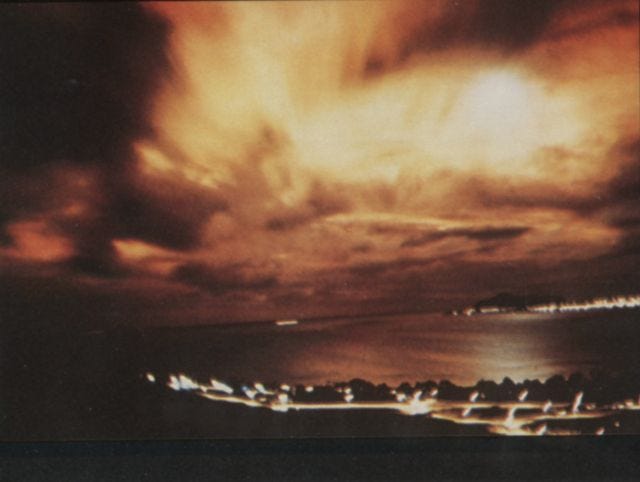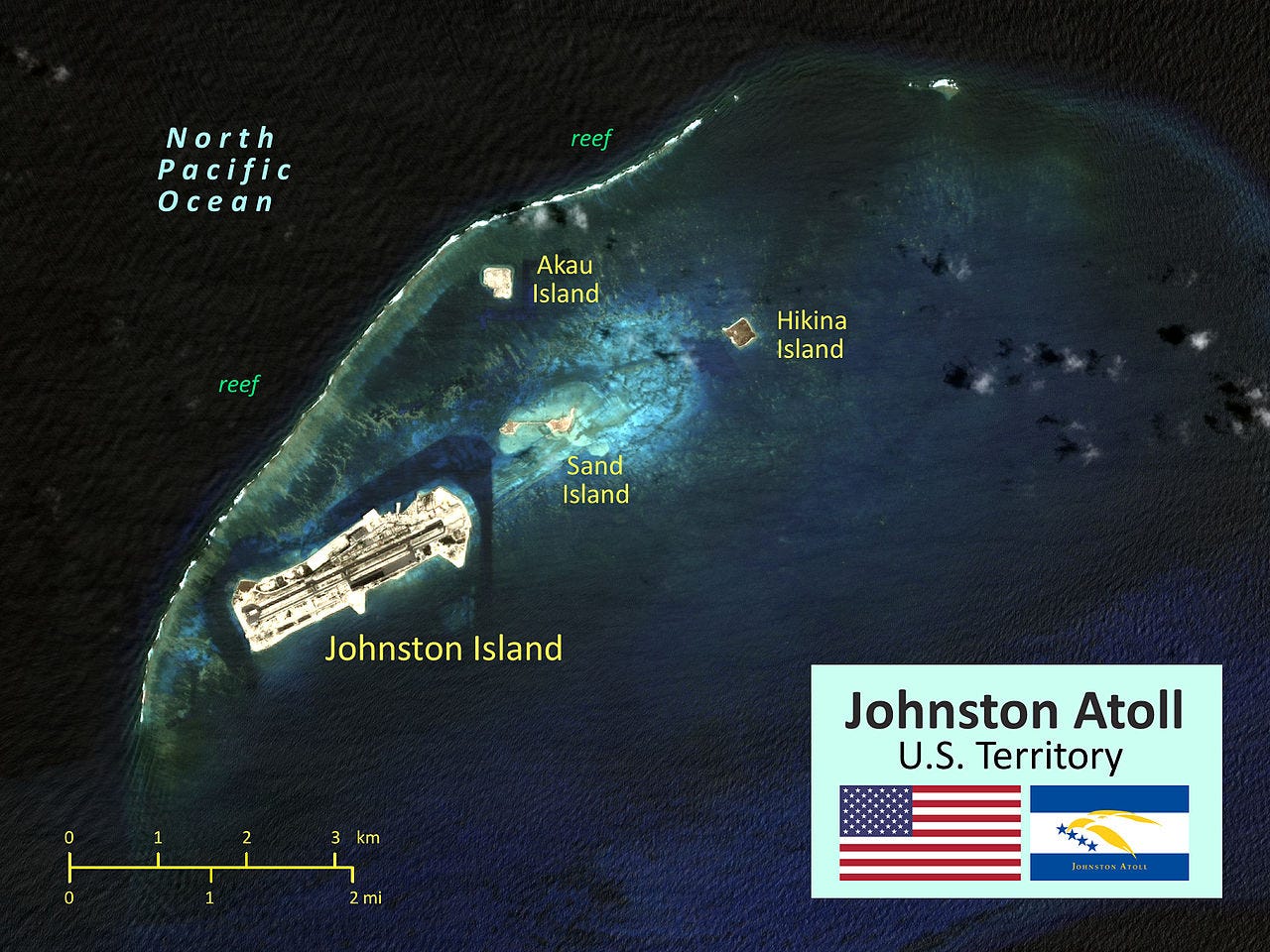The US military has been conducting nuclear tests in space… since 1962!
Operation Fishbowl – a series of high-altitude nuclear tests under Operation Dominic (a nuclear test series operation)
Official Name
Operation Fishbowl – a series of high-altitude nuclear tests under Operation Dominic (a nuclear test series operation)

Conspiracy Description
Although the US military had no official command center for space operations before 1982 and no official military branch before 2019, military space operations were already underway long before then. High-altitude nuclear detonation tests, satellites, and more space-related military activities were underway as early as the 1940s.
Operation Fishbowl was part of the hastily scheduled Operation Dominic. It was a response to the Soviet resumption of nuclear testing after the 1958-1961 testing moratorium expired. The US military had been conducting nuclear tests for decades, and even conducted high-altitude nuclear tests in Operation Hardtack I in 1958. These high-altitude tests from Hardtack I in 1958 had damaging impacts on radio and satellite communications across the Pacific Ocean, leading to requests for more testing by the US military. These requests gave birth to Operation Fishbowl, a more extreme set of nuclear tests with detonations at much higher altitudes.
The Details
Fishbowl consisted of 10 nuclear tests, varying in altitude, delivery method, yield, and test purpose. They were conducted about 1400 kilometers (900 miles) away from Hawaii on Johnston Island in the South Pacific. One of the most notable tests was Starfish Prime. This high-altitude nuclear detonation had a 1.4 megaton yield 400 kilometers (250 miles) above Earth’s surface. 1.4 megatons is equivalent to 1.4 million tons of TNT immediately detonated in a hyper-concentrated area (plus a bunch of other high-energy forms like X-rays and gamma rays).

Starfish Prime had several crazy effects:
It caused an EMP (electromagnetic pulse) far larger than expected.
This knocked out 300 streetlights, a telephone company microwave link, and set off burglar alarms in Hawaii, over 1400 kilometers (900 miles) away.
Bright auroras were observed in the area of detonation, on the other side of the equator from the detonation, and for many days afterwards. The light was so bright, that the Royal New Zealand Air Force used the light for anti-submarine maneuvers.
The radiation belt persisted at high altitudes for months afterwards, damaging and disabling several US, UK, and Soviet satellites over that time.
The effects of this EMP sparked a lasting change in satellite defense strategies and disaster-preparedness plans for the US military in case US satellites were ever attacked in this manner.
The magnitude and residual effects of this test stayed on the minds of the US military for quite some time. A declassified report was published in 2010 by the United States Defense Threat Reduction Agency highlighting the test impacts in great detail. Officially, at least 8 satellites suffered direct damage from Starfish Prime. As a conclusion to the paper, several mitigation techniques for nuclear threats to space-based assets were suggested:
Shielding
Hardening of critical circuitry
Redundancy for the line-of-sight threat
Possible remediation of pumped belts
Possible change of orbit
Deterrence
Proliferation of ground stations
EMP shielding
EMP hardening
What This Means
The implications of the radiation from these tests had lingering effects on humans, satellites, and our understanding of the impacts of nuclear weapons detonated inside and outside of our atmosphere. Scientists (and presumably military researchers) have researched and are actively researching ways to quickly clean high-energy electrons trapped in Earth’s magnetic field in space’s radiation belts (radiation belt remediation). The US military was also able to understand the risk of nuclear detonation for different orbit altitudes of satellites.
Beyond these general conclusions, the US determined that Soviet satellites were not impacted as heavily by the excess radiation. This was due to thicker, pressurized electronic enclosures used for convective cooling purposes. Did the Soviets understand the impacts of radiation on electronic components and modify their designs for this? It’s hard to tell, but their satellites were certainly more resistant to high-altitude nuclear attacks than the US.
There are tons of other semi to super-technical conclusions drawn in this report as well. If you have the time and the technical chops to read on ionospheric electrons, Alfven Mach numbers, or post-burst distribution then definitely take a look. To sum it up, these nuclear tests showed that at certain altitude ranges these nuclear detonations can impact electronics, satellites, and human health. We also learned that natural solar activity has a significant impact on both satellites and radioactive weapon debris from nuclear blasts. This means that high-altitude detonations will have varying impact depending on environmental variables.
If you’re outside of the military, you might have assumed the United States Space Force was a futuristic joke. Turns out, not only has this method of warfare been on the radar of US military for quite some time, but there’s been active research in that area for over 70 years. The atmospheric nuclear tests such as Operation Fishbowl that took place decades ago have had lingering effects on satellites and human health. Ever wonder what happens on those little islands in the South Pacific? Well… it was nuclear testing in the 1950s and 1960s, and who knows what’s happening on those islands right now!
Other Crazy Stuff
In this section, we like to provide links to other crazy topics we came across while doing research.
- Video of all nuclear detonation tests from 1945-1998
- Declassified US Nuclear Test Film
- Entire list of known US nuclear weapons test
- CIA member comments on Operation Fishbowl
- Declassified Operation Fishbowl Plan
Interested in more True Conspiracies? Subscribe to get publications directly in your inbox once per week.




